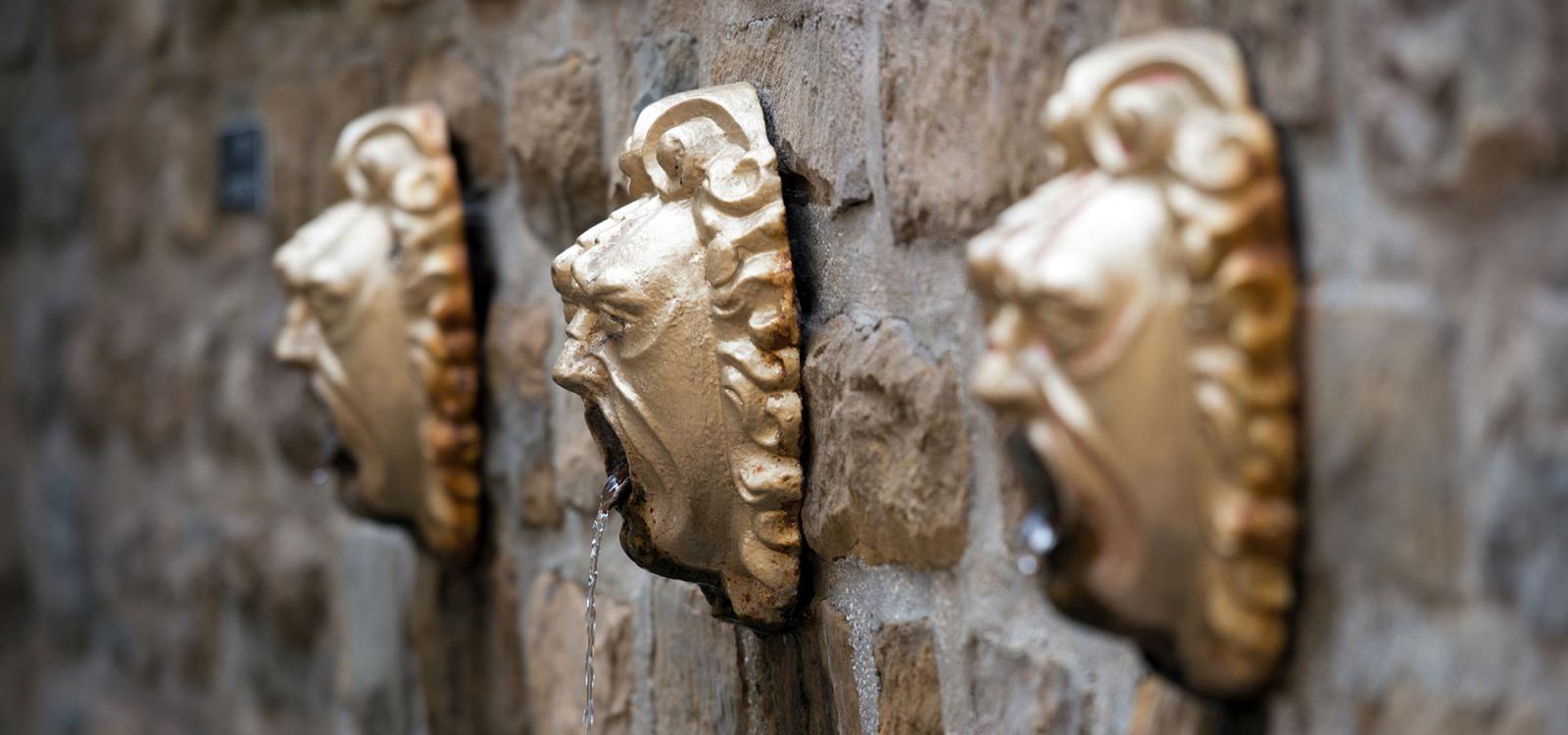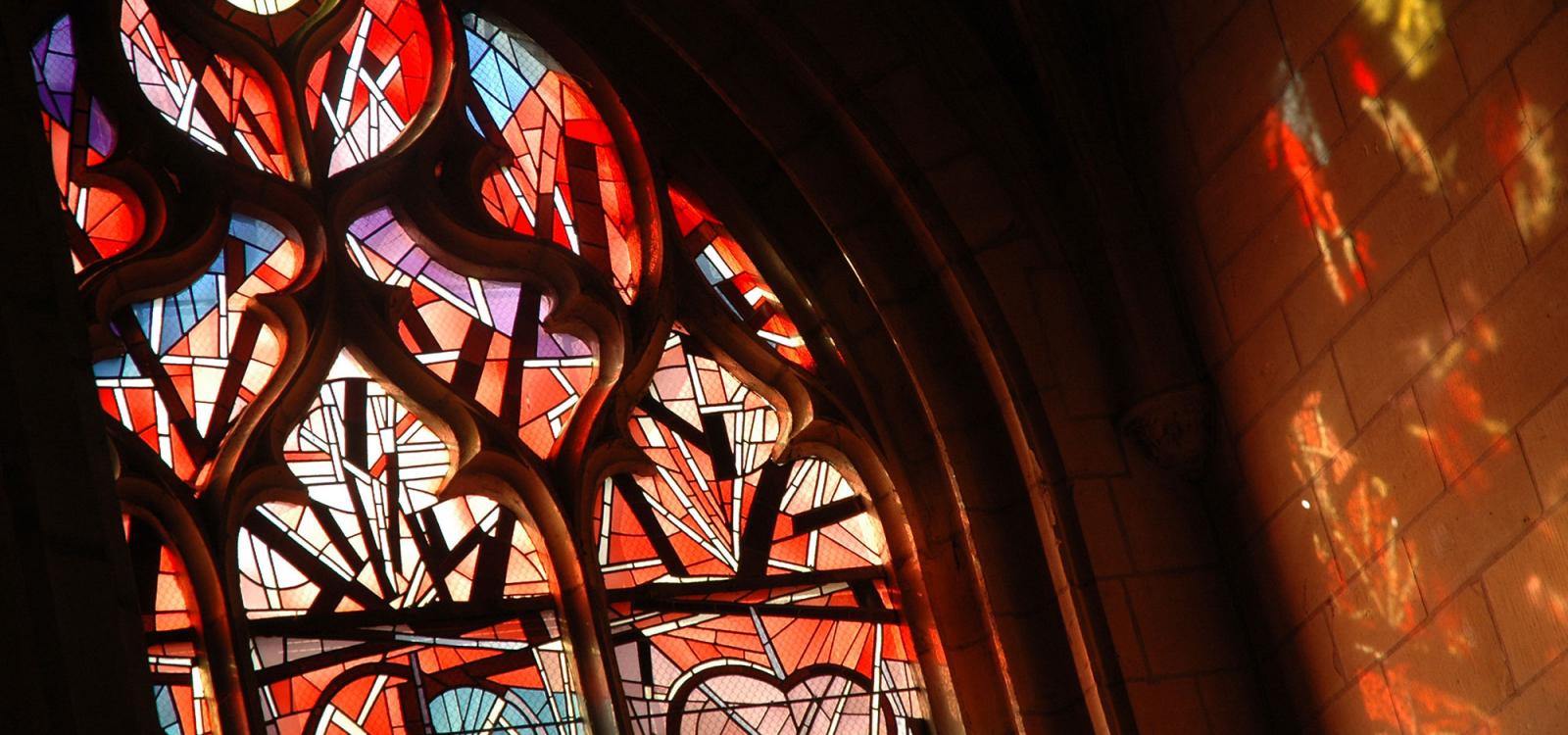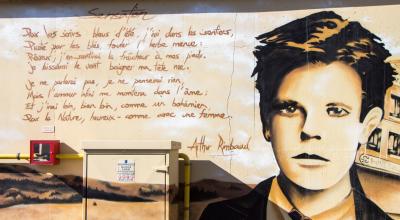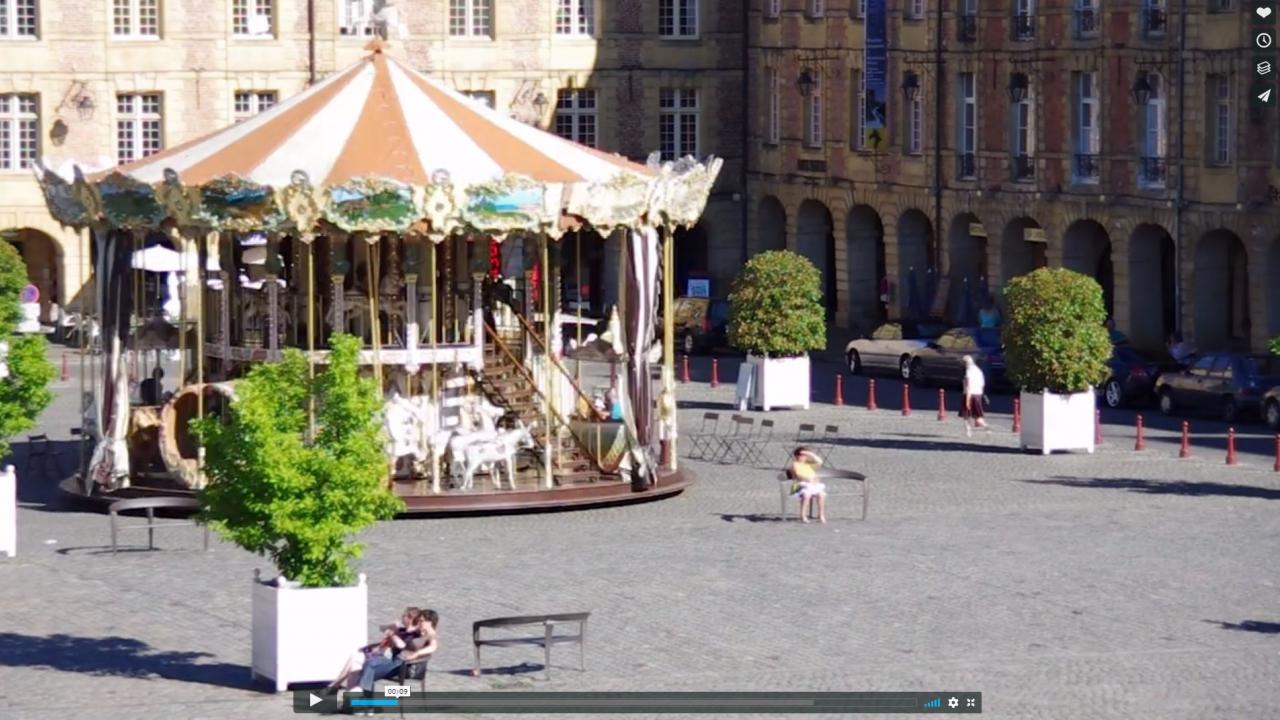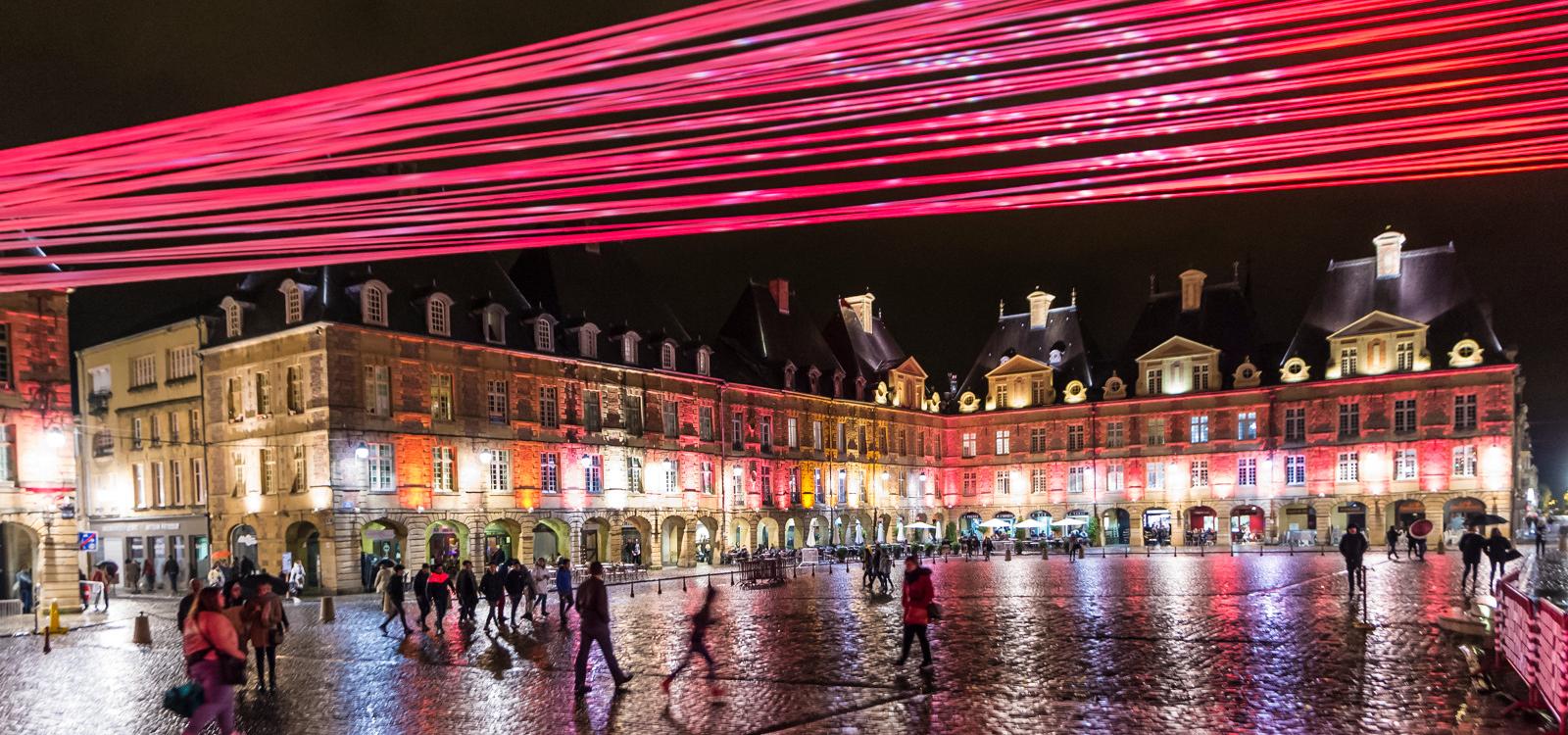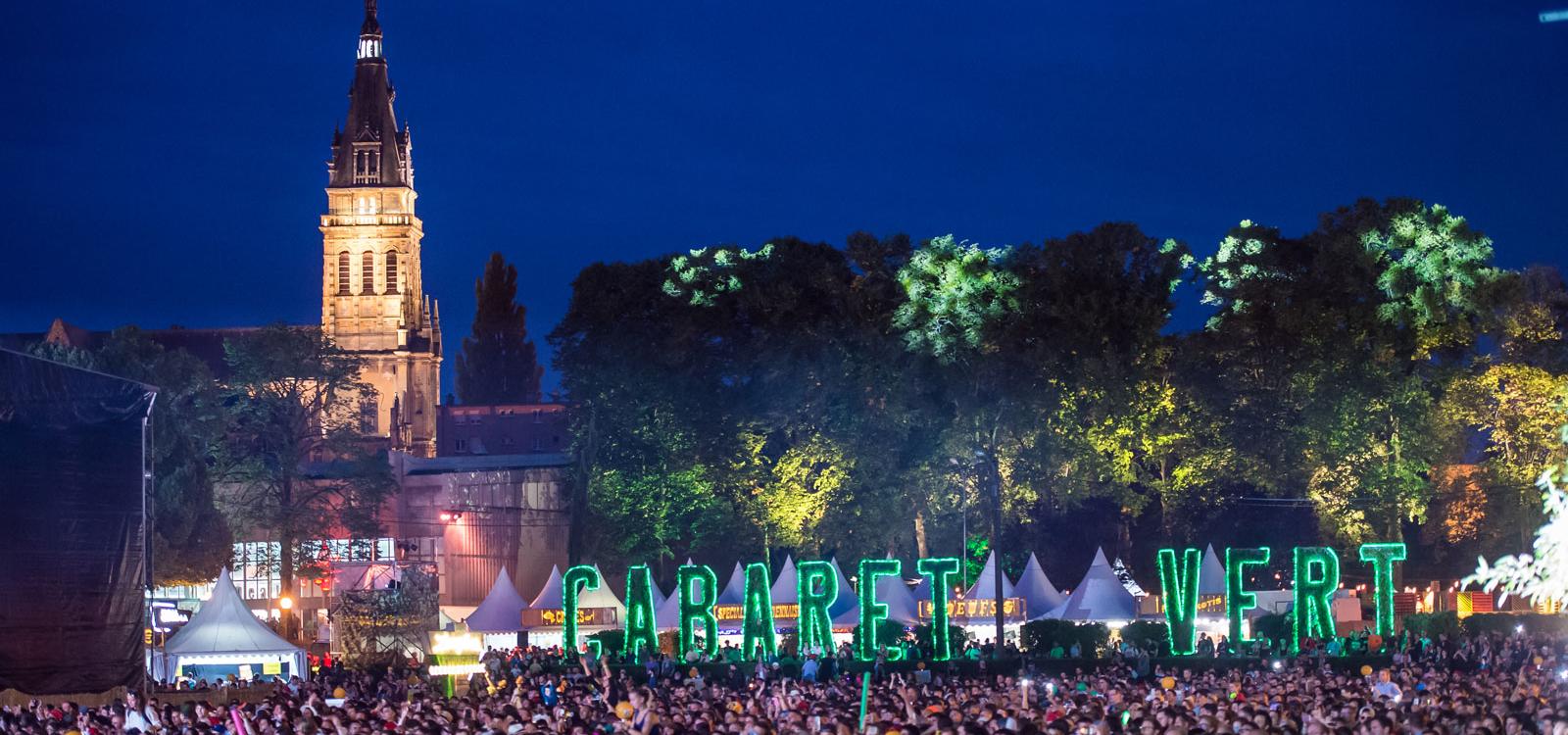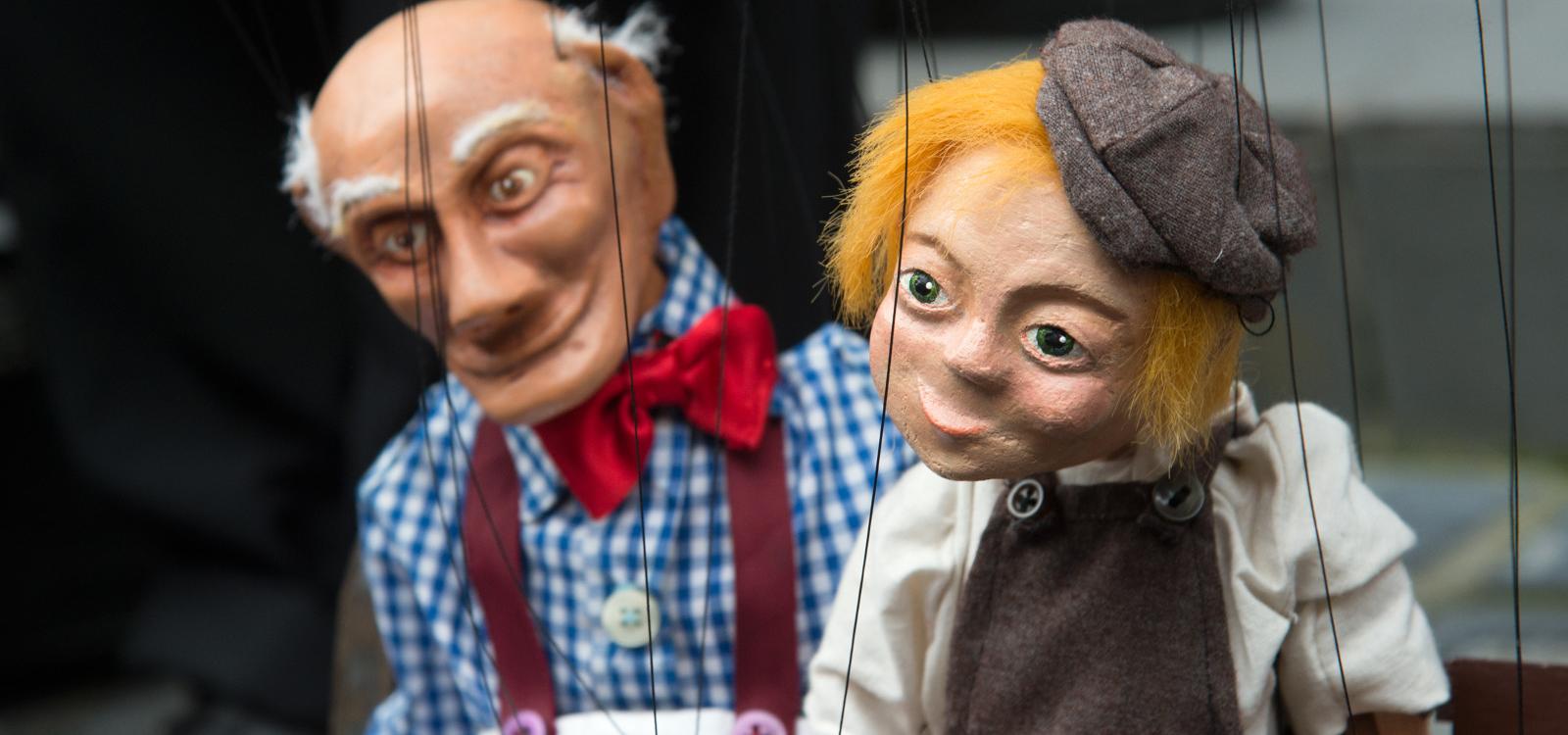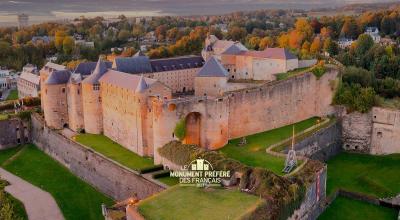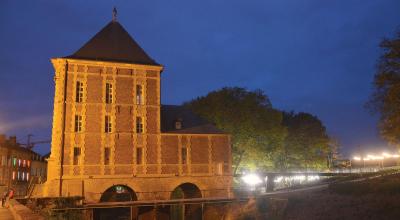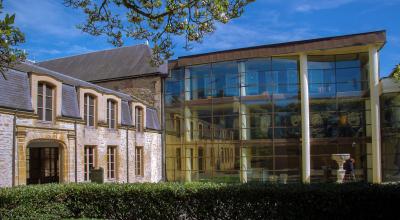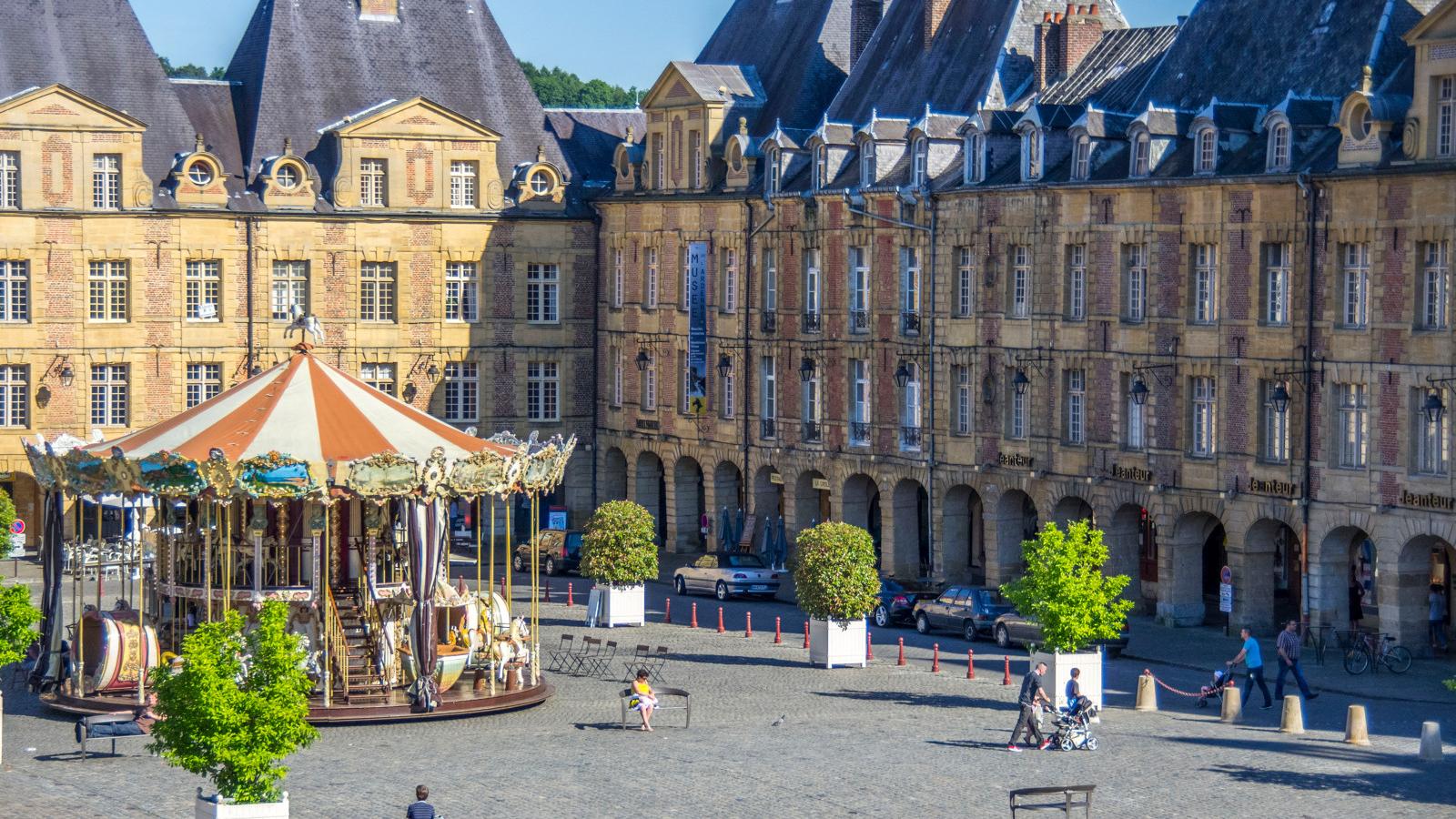
Discover Charleville-Mézières
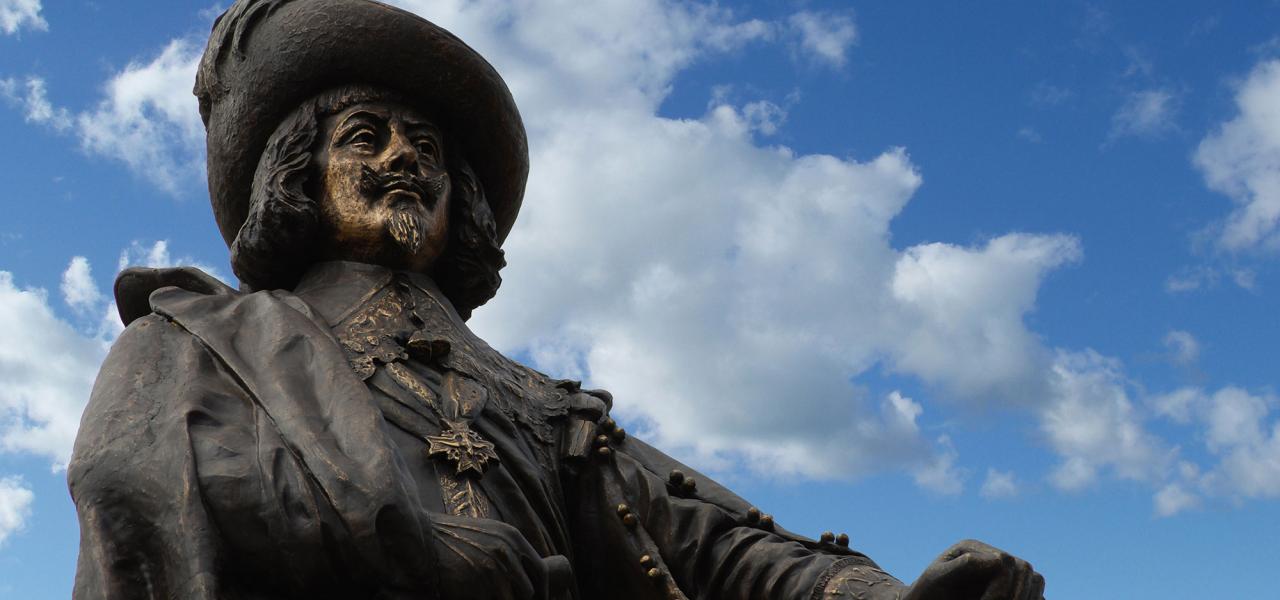
The Dream of a Prince...
Charles de Gonzague inherited these lands when he became the Prince of Arches; a small sovereign principality within the borders of the Kingdom of France on the border of the Holy Roman Empire. Charles de Gonzague immersed himself in the ambitious project of creating a new town dedicated to commerce and crafts and the town was officially founded by decreed on the 6th of May 1606.
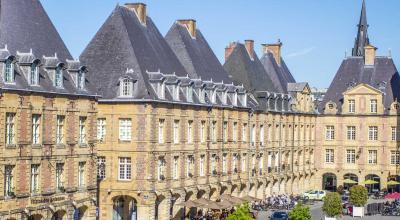
Place Ducale, Charleville’s Architectural Treasure
In the 17th Century, Prince Charles de Gonzague, parent of Henry IV, built Charleville.
An “ideal” city that was made as a new place for commercial trade.
Place Ducale, inspired by the Place des Vosges in Paris, welcomed the European trade that passed along the river daily.
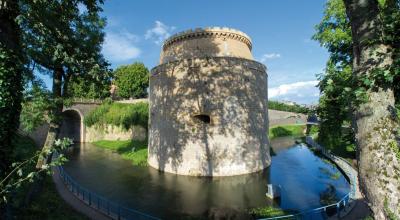
Mézières, its ramparts and the Notre Dame d'Espérance Basilica
The history of France is inscribed in each of the stones of Mézières, a tenth century city and a hub of northern European commerce throughout the Middle Ages.
Its ramparts were proudly defended by the knight Bayard against the armies of Charles V in 1521.


